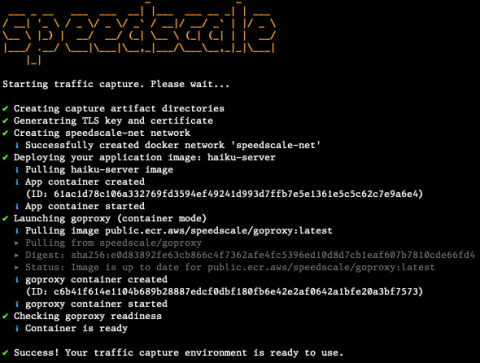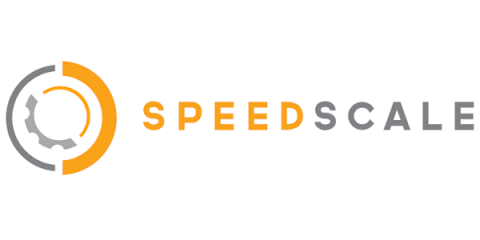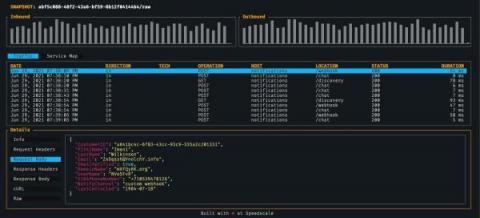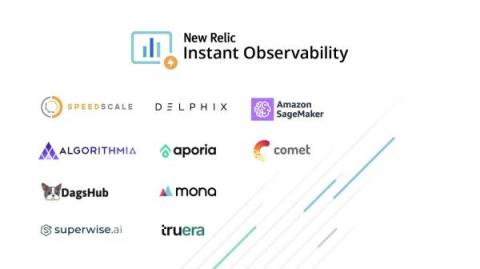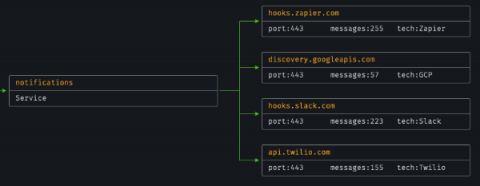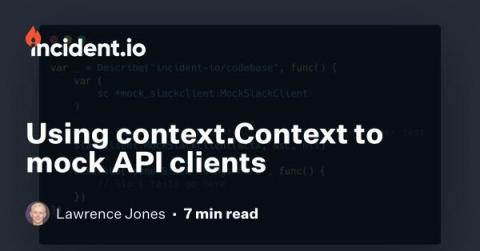How We Implemented a Zero-Error Policy Using Coralogix
With dozens of microservices running on multiple production regions, getting to a point where any error log can be immediately identified and resolved feels like a distant dream. As an observability company, we at Coralogix are pedantic when it comes to any issue in one of our environments. That’s why we are using an internal Coralogix account to monitor our development and production environments.





